 Geminoid is a remote-control doppelganger droid designed by and modeled after Hiroshi Ishiguro, professor at Osaka University and researcher at ATR Intelligent Robotics and Communication Laboratories. Robot Watch has released some short videos, which you can see at the links below. Video format is WMV.
Geminoid is a remote-control doppelganger droid designed by and modeled after Hiroshi Ishiguro, professor at Osaka University and researcher at ATR Intelligent Robotics and Communication Laboratories. Robot Watch has released some short videos, which you can see at the links below. Video format is WMV.
Video 1: Ishiguro introduces himself through Geminoid.
Video 2: This segment shows Geminoid's facial movements. The telepresent Ishiguro explains, "When someone touches Geminoid, it seems as if I am the one being touched."
Video 3: Geminoid (Ishiguro) doesn't like it when you touch his face.
Video 4: Geminoid is programmed so that his head continues to move, even when not being specifically controlled.
Video 5: Sitting next to Geminoid, Ishiguro discusses his research concerning "presence."
In Latin, gemin means "twin" or "double," while -oid is a suffix indicating a "likeness to something else." Hiroshi Ishiguro would say that his Geminoid is like a twin. The body is a copy of Ishiguro's, and the shape of Geminoid's skull was created based on MRI scans of Ishiguro's head. And Geminoid shares some of his mannerisms.
Geminoid's body, which was produced by Kokoro, makers of the Actroid line of fembots, has 46 degrees of freedom and is driven by a system of air compressors. The skin consists of soft, silicone rubber. Confined to a chair at the moment, the android is unable to stand up and move about on his own. Communication and power cables exit his rear end and snake through the shaft of the chair out of sight. It took 6 months of work to develop the body and about 2 to 3 months to develop the software.
One of the purposes for creating Geminoid is to explore the concept of tele-existence -- to figure out what is needed in order to copy an actual human's "presence" so that he or she may exist in two places at once. "I wonder how possible it is to separate one's inner self and outer self, to create distance between one's body and soul," Ishiguro says.
See more photos of Geminoid at the link below.
[Source: Robot Watch]


 In squid-crazy Hakodate, squid fishing is big business, the local specialties include shio ramen (squid-topped ramen) and ikasomen (raw squid cut into the shape of somen noodles), the summer festivals have residents busting squid-like moves in a dance called ika-odori (a squirmy version of the traditional bon dance performed at summer festivals throughout Japan), and the city fish is the squid. It is therefore unlikely that anyone was surprised when, on July 18, a group of Hakodate residents made an official announcement regarding plans to create a giant robotic squid for the city.
In squid-crazy Hakodate, squid fishing is big business, the local specialties include shio ramen (squid-topped ramen) and ikasomen (raw squid cut into the shape of somen noodles), the summer festivals have residents busting squid-like moves in a dance called ika-odori (a squirmy version of the traditional bon dance performed at summer festivals throughout Japan), and the city fish is the squid. It is therefore unlikely that anyone was surprised when, on July 18, a group of Hakodate residents made an official announcement regarding plans to create a giant robotic squid for the city. 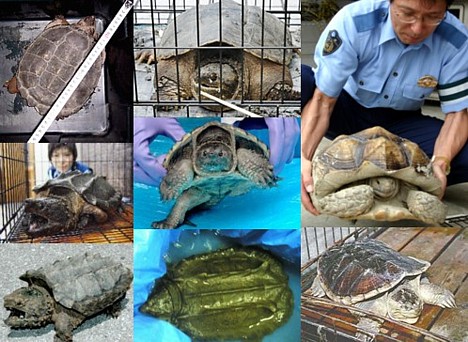
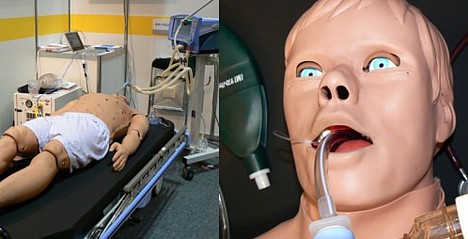
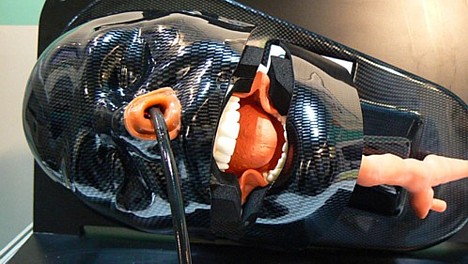
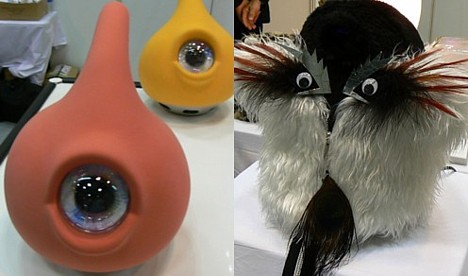
 Researchers have developed the next best thing for would-be
Researchers have developed the next best thing for would-be 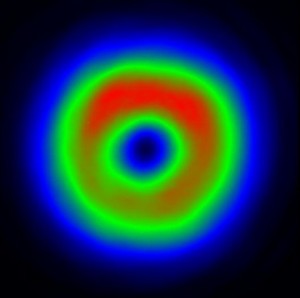 Researchers at Kyoto University have developed new semiconductor laser technology that allows the shape of beams to be tailored freely and that can output beams up to 10 times more compact than existing beams ? a development that could lead to a tenfold increase in the storage capacity of optical discs. Research results were published in the June 22 edition of British science journal
Researchers at Kyoto University have developed new semiconductor laser technology that allows the shape of beams to be tailored freely and that can output beams up to 10 times more compact than existing beams ? a development that could lead to a tenfold increase in the storage capacity of optical discs. Research results were published in the June 22 edition of British science journal 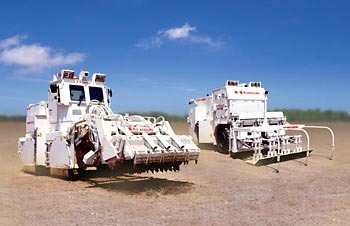 On June 21,
On June 21,